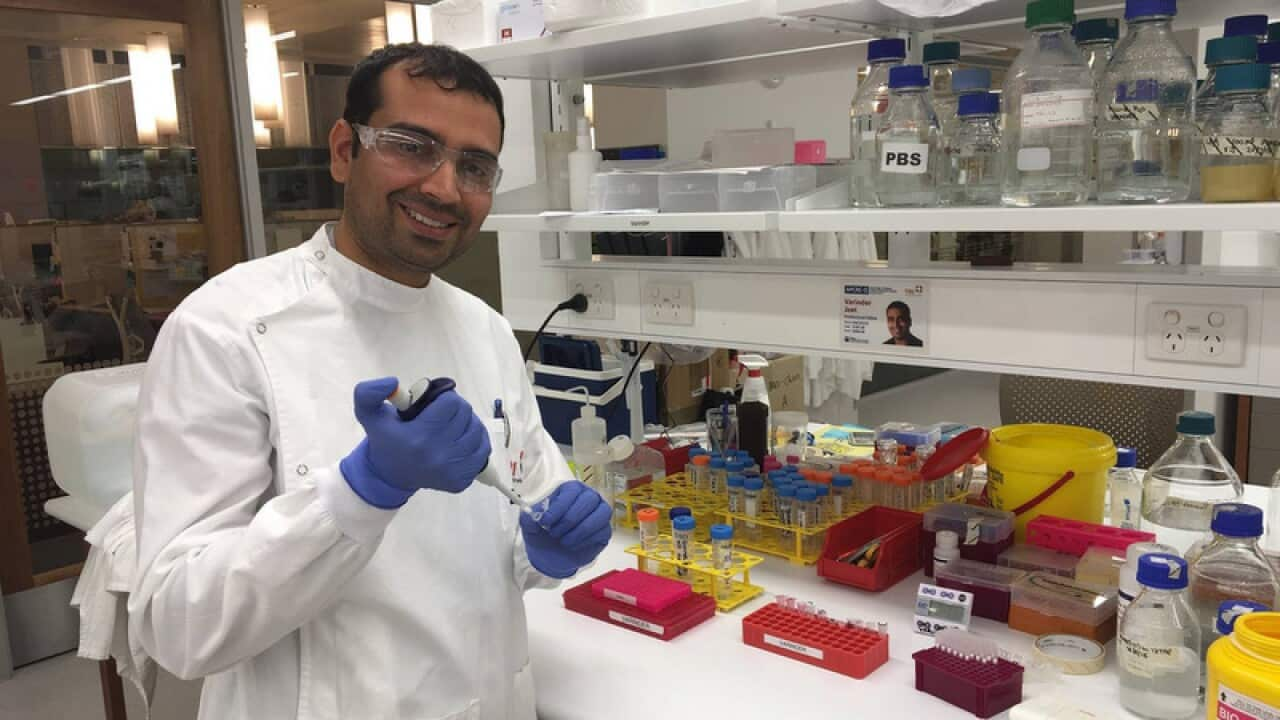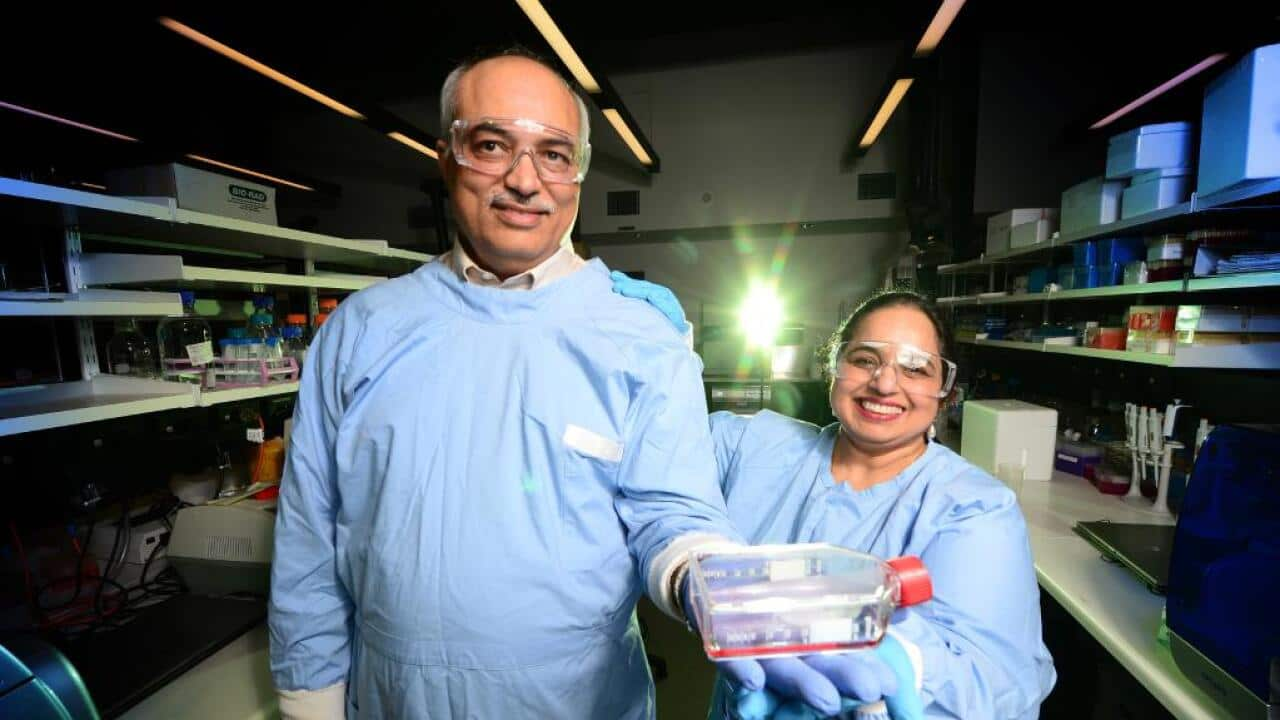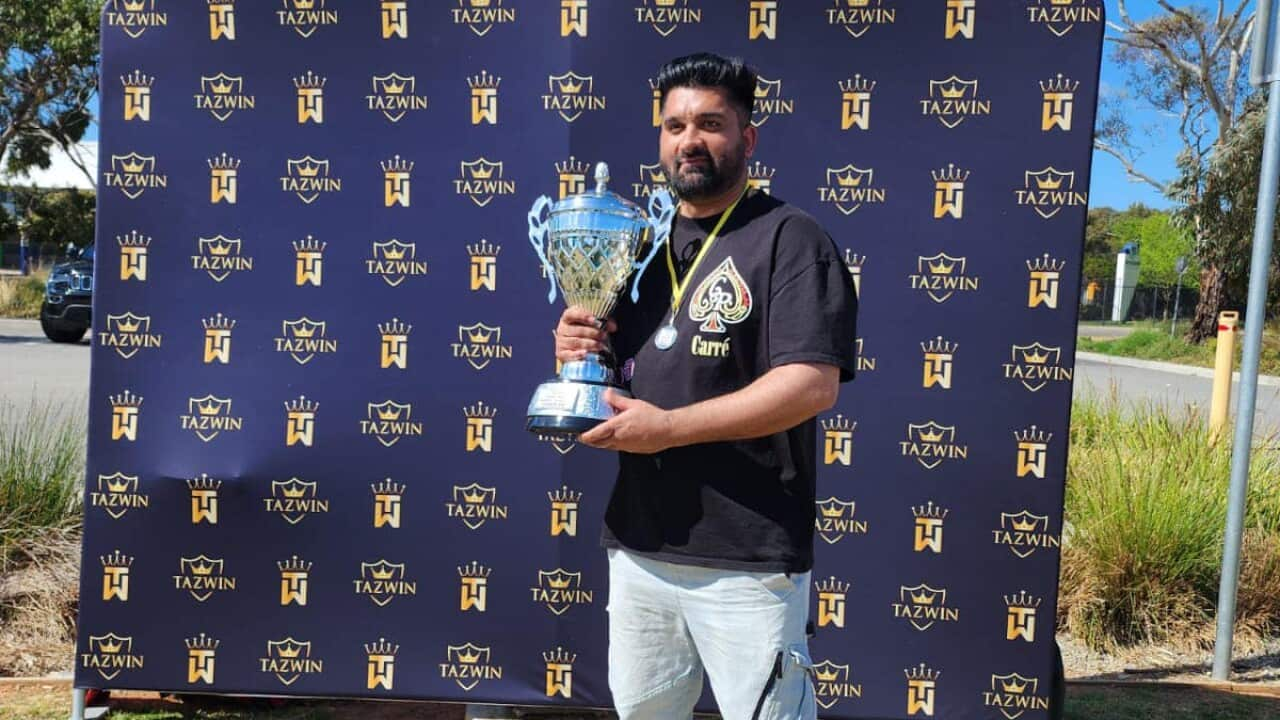Western Australian and Japanese scientists have together cracked the genome sequence of the subterranean (sub) clover.
The project led by The University of Western Australia in collaboration with Department of Agriculture and Food, Murdoch University and the Kazusa DNA Research Institute, will revolutionise the development of new and improved forage legumes, which underpin the State’s $1.8 billion livestock industry. Clovers are widely grown around the world as forage legumes for livestock and they add nitrogen to the soil which assists crop production.
Clovers are widely grown around the world as forage legumes for livestock and they add nitrogen to the soil which assists crop production.

Source: Supplied
Sub clover is the most important annual pasture legume in Australia, sown across an estimated 29 million hectares of agricultural land.
UWA Molecular Biologist Dr Parwinder Kaur said the challenge was not only to determine the sequence of sub clover DNA but to understand the genes from a functional point of view.
“The changes provide a breakthrough for breeding of future sub clovers which will increase agriculture production by increasing the health of the soil."
“This is the first genome sequence published for an annual clover and describes 85.4 per cent of the sub clover genome and contains 42,706 genes. It represents years of research and a commitment to creating new knowledge that will feed our future.”

Source: Supplied
“This work will allow the development of DNA markers that are closely associated with genes controlling traits of interest, which can be used in breeding programs to markedly improve selection efficiency, particularly for traits difficult to measure in the field or glasshouse,” Dr Nichols said.
“Such traits include resistance to redlegged earth mites and important diseases, hardseededness, tolerance to false breaks, early season growth under cool temperatures, phosphorus use efficiency, phtyo-oestrogen content, methanogenic potential in the rumen, flowering time and other traits related to biomass production.”
The work was funded through the Science and Innovation Award by Australian Department of Agriculture and Water Resources, Meat and Livestock Australia and the Australian Research Council.
UWA Centre for Plant Genetics and Breeding Director Professor William Erskine said this understanding of the sub clover genome would also aid breeding programs of other important pasture legumes with more complex genomes, such as white and red clovers, annual medics and lucerne.
On a commercial level Parwinder believes the development also could see the opportunity for greater private investment in research.
“We will be able to fingerprint the material — we can verify seed quality and surety, which is likely to attract greater investment in sub clover breeding and encourage a level playing field,” Parwinder explained. For the research team, one of the most exciting aspects of the sub-clover sequencing on future pre-breeding work is the potential for widespread on-farm impacts.
For the research team, one of the most exciting aspects of the sub-clover sequencing on future pre-breeding work is the potential for widespread on-farm impacts.

Source: Supplied
“We will not only be able to increase the efficiency of the pre-breeding process — but also the precision." Parwinder said.
Info source - University of Western Australia The research team also believes the development will give them a leg up in terms of climate adaptability.
The research team also believes the development will give them a leg up in terms of climate adaptability.

Source: Supplied
“We know where each cultivar was collected, so we know the climate it has come from,” Parwinder explained.
Dr Parwinder Kaur is a renowned research scientist with a molecular biology background. She is an ex-student of Punjab Agricultural University, Ludhiana, Punjab.
Awards & Scholarships
2016: The AW Howard Memorial Trust Inc. Grant-in-Aid
2014: Australian Academy of Science Award for Japan bilateral exchange program
2013: Science and Innovation Award for young people in Agriculture, Fisheries and Forestry
2012: The AW Howard Memorial Trust Inc. Travel award
2012: CLIMA Major theme top-up funding & travel award.
2009: Scientific Endeavour Award (APPS Plant Health and Protection Research Symposium)
2009: Mike Carroll Fellowship (Institute of Agriculture, UWA)
2008: UWA Grant for Research Student Training (GRST)
2008: Convocation Postgraduate Research Award (UWA)
2007-2010: International Postgraduate Research Scholarship (IPRS) for PhD at UWA
2004-2006: Novartis Crop Protection Fellowship in MSc. (Entomology)
2004-2005: Punjab Agricultural University Merit Scholarship holder in MSc. (Entomology)
2003-2004: Dr. H. S. Pruthi Memorial Scholarship








